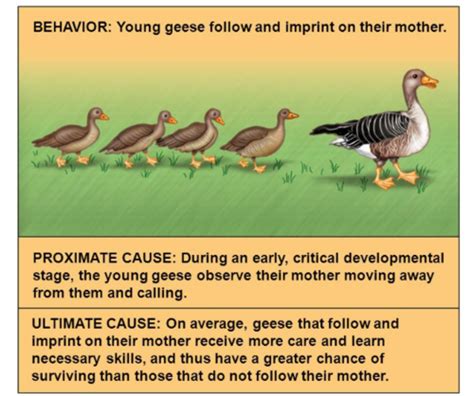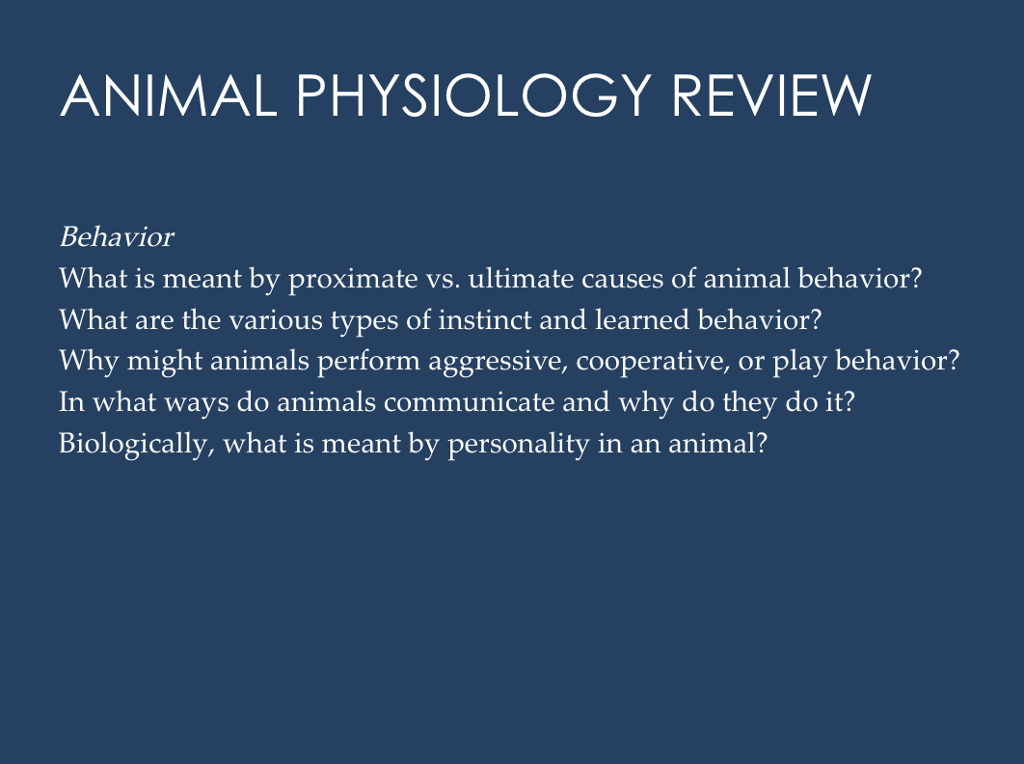Proximate vs. Ultimate Causes: Unraveling the Why Behind Actions

When we observe behavior, whether in humans or animals, we often ask ourselves, “Why did they do that?” Understanding the reasons behind actions is crucial in fields like psychology, biology, and even marketing. This is where the concepts of proximate causes and ultimate causes come into play. Proximate causes explain the immediate mechanisms behind a behavior, while ultimate causes delve into the evolutionary reasons why the behavior exists. By distinguishing between these two, we can gain a deeper understanding of actions and their underlying motivations. (Behavioral Analysis, Evolutionary Psychology, Cause and Effect)
Understanding Proximate Causes

Proximate causes focus on the how of a behavior. They answer questions like, “What triggered this action?” or “What mechanisms are at play?” For example, if a bird builds a nest, the proximate cause might involve hormonal changes, instinctual behaviors, or environmental cues like the availability of materials. These causes are often studied through observational research, experiments, and physiological measurements. (Behavioral Triggers, Immediate Causes, Mechanisms of Behavior)
📌 Note: Proximate causes are essential for understanding the step-by-step process behind a behavior, making them valuable in fields like behavioral science and psychology.
Key Aspects of Proximate Causes
- Mechanistic Explanation: Focuses on the biological, psychological, or environmental factors driving the behavior.
- Short-Term Focus: Looks at immediate triggers rather than long-term reasons.
- Examples: Hunger causing a lion to hunt, fear prompting a fight-or-flight response.
Exploring Ultimate Causes

Ultimate causes, on the other hand, address the why of a behavior from an evolutionary perspective. They ask, “Why has this behavior persisted over time?” For instance, the ultimate cause of a bird building a nest is to ensure the survival of its offspring, thus increasing its genetic fitness. Ultimate causes are rooted in natural selection and are often studied through comparative analysis and evolutionary biology. (Evolutionary Reasons, Long-Term Survival, Natural Selection)
Key Aspects of Ultimate Causes
- Evolutionary Explanation: Ties behavior to survival and reproductive success.
- Long-Term Focus: Considers how the behavior has been shaped over generations.
- Examples: Migration patterns in birds to find food, altruism in social species to strengthen group survival.
📌 Note: Ultimate causes provide a broader, historical context for behaviors, helping us understand their adaptive significance.
Comparing Proximate and Ultimate Causes

To better understand the difference, let’s compare them in a table:
| Aspect | Proximate Causes | Ultimate Causes |
|---|---|---|
| Focus | Immediate mechanisms | Evolutionary reasons |
| Timeframe | Short-term | Long-term |
| Example | A dog salivates at the sound of a bell (Pavlovian conditioning) | Dogs developed pack behavior for better hunting and protection |

Applying Proximate and Ultimate Causes in Real Life

Understanding these concepts can be applied in various fields:
- Marketing: Proximate causes help identify consumer triggers (e.g., discounts), while ultimate causes explain deeper motivations (e.g., social status).
- Conservation Biology: Proximate causes aid in understanding animal behaviors, while ultimate causes guide conservation strategies.
- Psychology: Both perspectives are crucial for treating behavioral disorders by addressing immediate triggers and underlying evolutionary roots.
Checklist for Analyzing Behavior
When examining a behavior, ask yourself:
- Proximate: What immediate factors are driving this action?
- Ultimate: How does this behavior contribute to survival or reproduction?
📌 Note: Combining both perspectives provides a holistic understanding of behavior.
Understanding the difference between proximate and ultimate causes allows us to see the full picture behind actions. While proximate causes explain the immediate “how,” ultimate causes reveal the deeper “why” rooted in evolution. By integrating both perspectives, we can gain valuable insights into human and animal behavior, whether for scientific research, marketing strategies, or personal growth. (Behavioral Insights, Evolutionary Understanding, Holistic Analysis)
What is the main difference between proximate and ultimate causes?
+
Proximate causes focus on the immediate mechanisms behind a behavior, while ultimate causes explain the evolutionary reasons for its existence.
Why are proximate causes important in psychology?
+
Proximate causes help psychologists understand the immediate triggers of behavior, which is crucial for diagnosis and treatment of behavioral disorders.
How do ultimate causes relate to evolution?
+
Ultimate causes explain how behaviors have evolved over time to enhance survival and reproductive success, tying them directly to natural selection.



